Bakti Sosial FISIP and History of Ulundanu Batur Temple
Towards
the end of 2021 the Academic Community of Fisip Unud will carry out a social
service (ngayah) and tirtayatra trip. At the end of 2021, Fisip Unud Denpasar
will go to Ulandanu Temple and Kintamani Market in Bangli Regency. The Tirta
Yatra and Ngayah activities will be held on Thursday, December 30, 2021. Before
doing the Tirta Yatra, a joint prayer will be held at the Padmasana Temple,
Unud Denpasar, to ask for a smooth and safe arrival at the destination.
The
first destination is the Ulundanu Kintamani Temple, before carrying out the
prayer, they will clean up the surroundings of the Ulundanu Batur Temple.
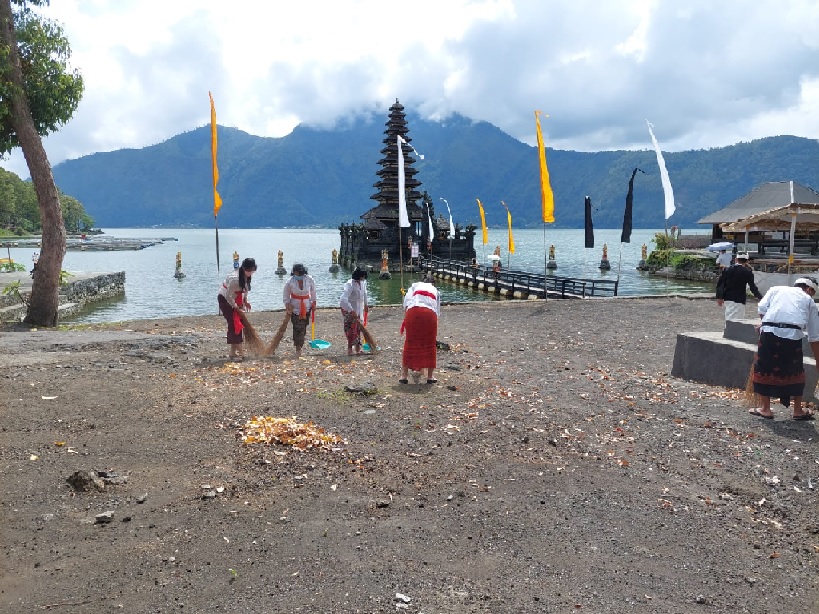
History
of Ulundanu Batur Temple
Batur
Temple or Ulun Danu Temple was first established in the 17th century. This
temple is dedicated to Lord Vishnu and to the lake goddess Dewi Danu. Lake
Batur, the largest lake in Bali, is considered the most important on the island
of Bali as the main water source for agricultural activities in Bali.
The definition of Ulun Danu Temple illustrates
the importance of water for the prosperity of the residents of Batur village
and for the entire Hindu community in Bali, especially in irrigating rice
fields on the island of Bali.[1]
Ulun
Danu Batur Temple is mentioned several times in several ancient lontars as one
of sad kahyangan.
Prior
to the eruption of Mount Batur in 1917, Pura Batur and its original village
(then known as Karang Anyar, meaning "New Territory") were located on
the southwest slope of Mount Batur itself. The lava flow of the 1917 eruption
caused thousands of victims. Even though it was destroyed, the black lava flow
stopped at the gate of Ulun Danu Batur Temple. Since the lava stopped before it
reached the temple, the people saw this as a good sign and decided to stay in
the area.
On
April 21, 1926, Mount Batur erupted again, this time destroying the entire
village of Karang Anyar. Lava also rushed towards the temple, covering almost
the entire complex. Despite the destruction of the village as well as the loss
of 1,500 villagers, this meru level 11 temple survived. With the area around
Mount Batur declared uninhabitable during the eruption period, the residents of
Kalang Anyar village had to relocate. The relocation process was assisted by
villagers from surrounding areas, such as Bayung, Tunggiran, Kedisan, Buanan,
Sekardadi villages. The Dutch East Indies government sent Bangli regional
troops and some prisoners to assist with the relocation. The surviving 11-story
shrine is transported to a new location, as well as other important equipment
from the temple.
The next destination is the Pasar Agung
Kintamani Temple which is located not far from Ulun Danu Batur Temple. Even
though it was raining, it didn't dampen our intention to pray at the temple
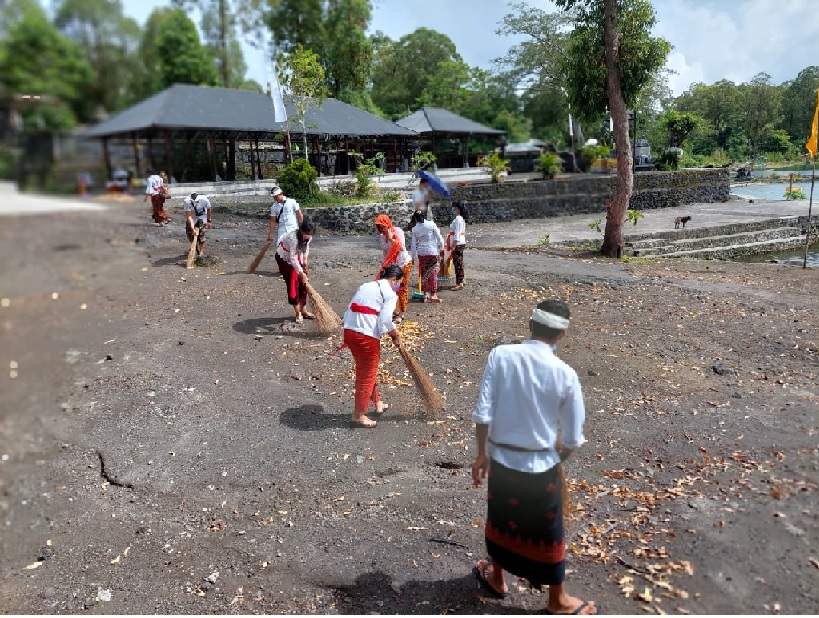
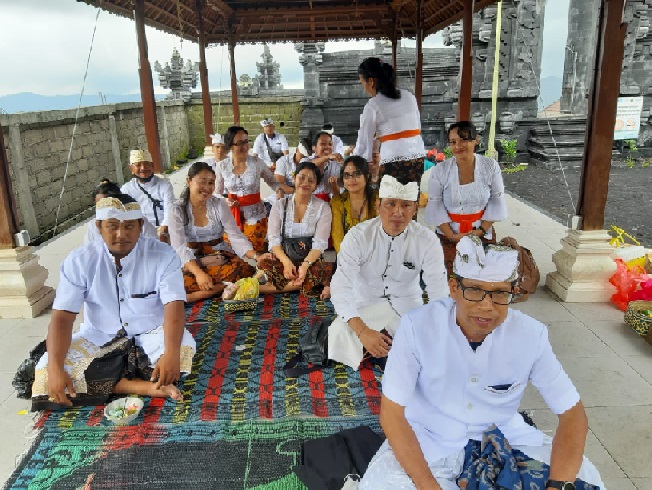
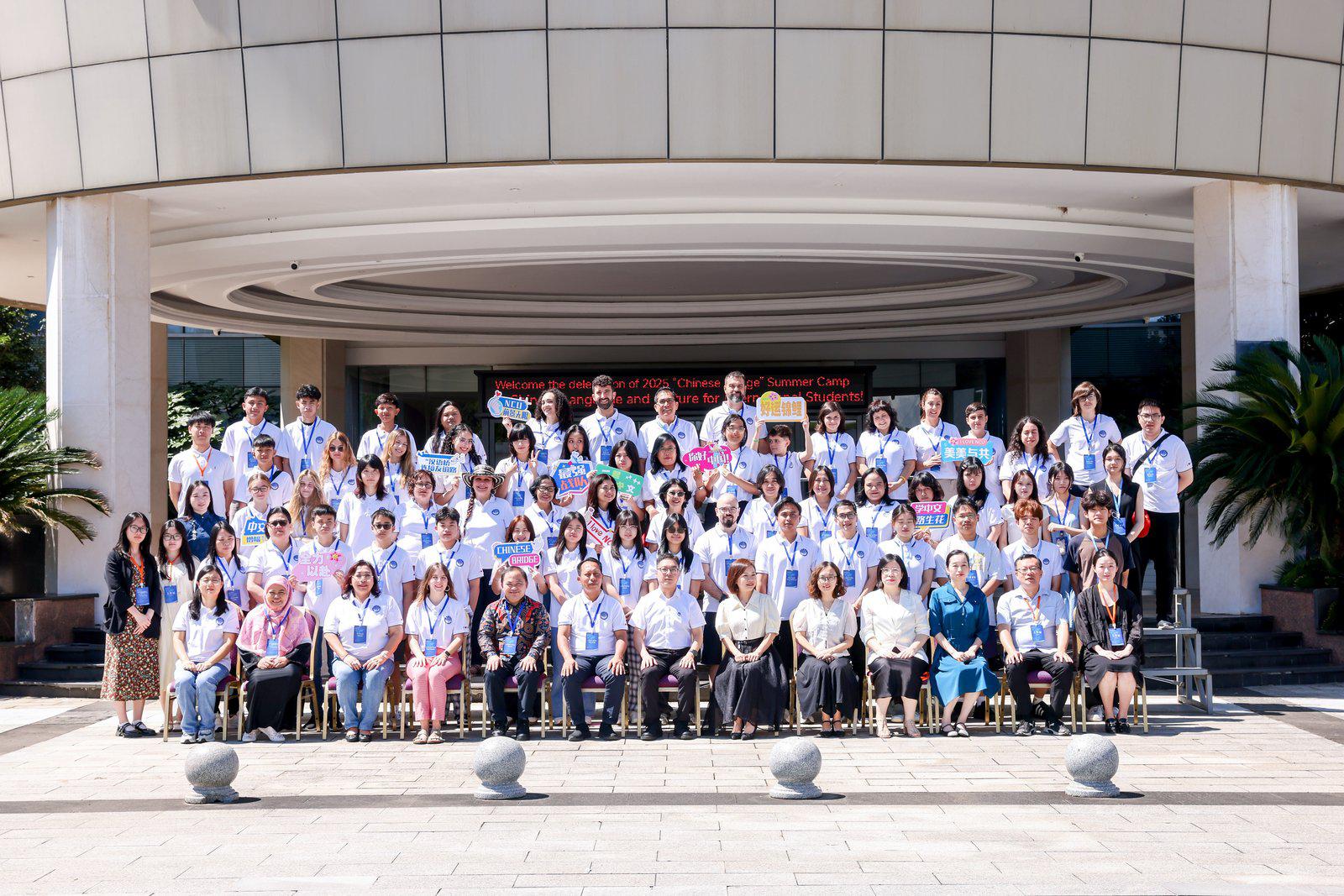
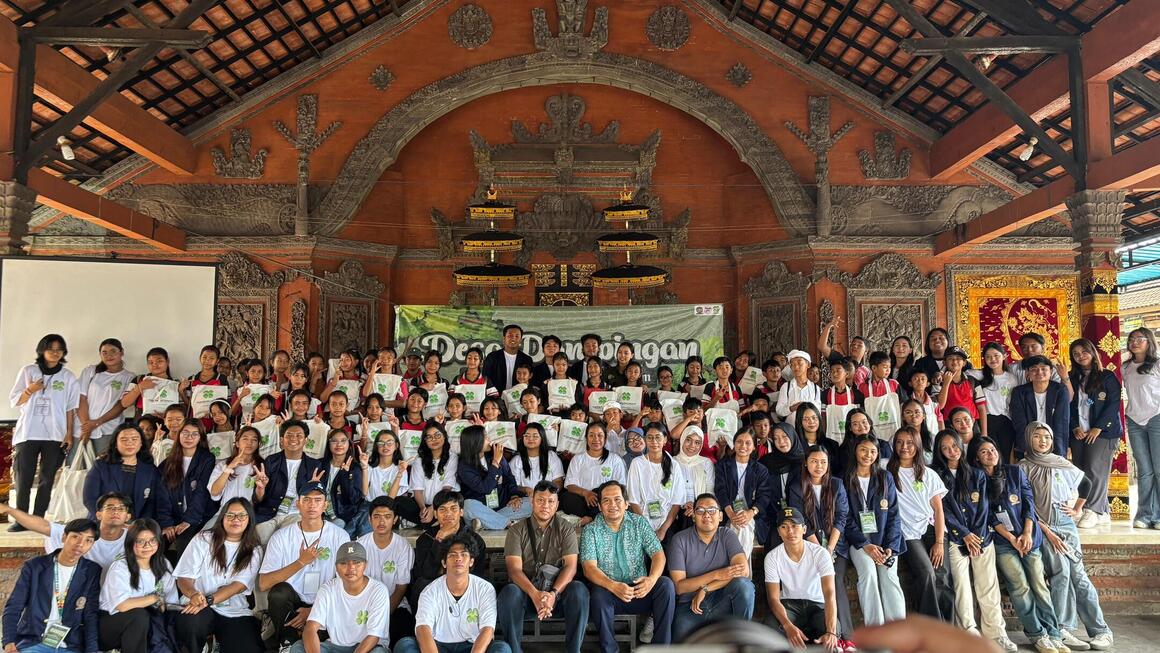
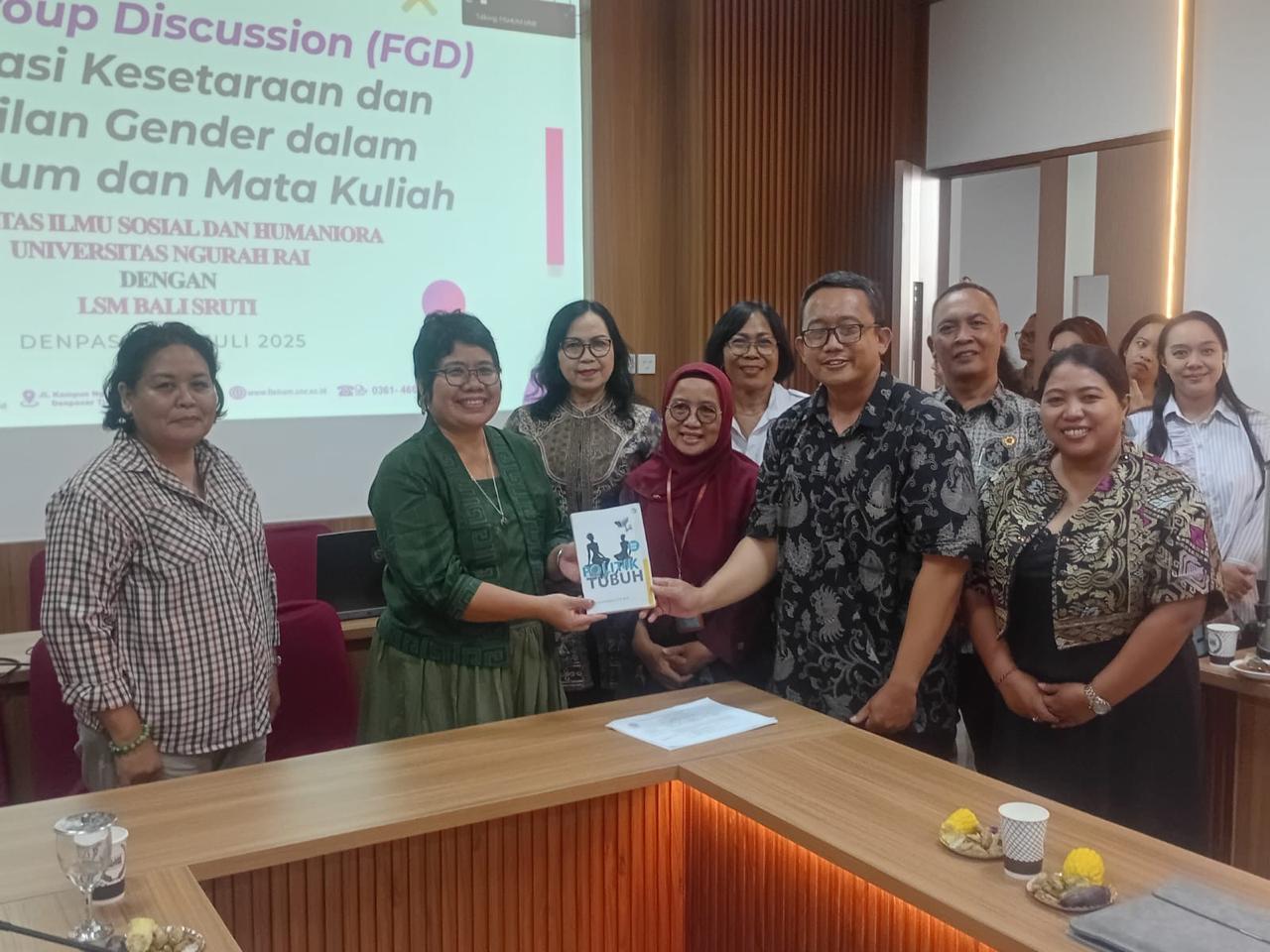
UDAYANA UNIVERSITY